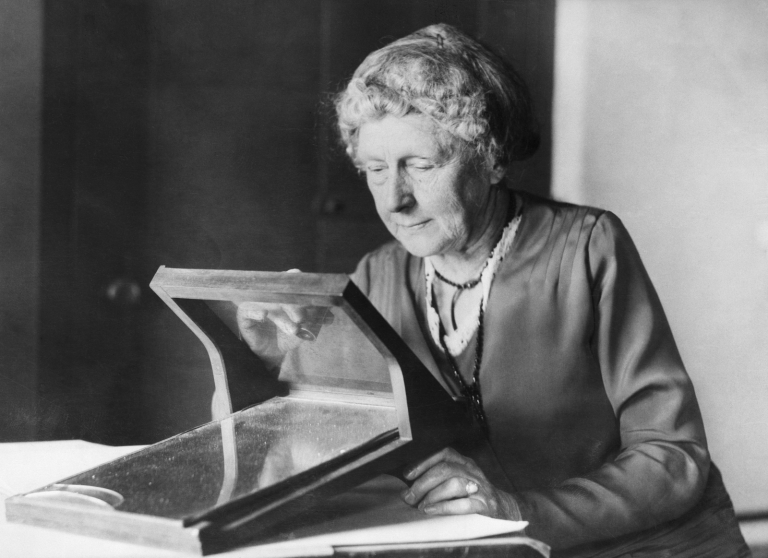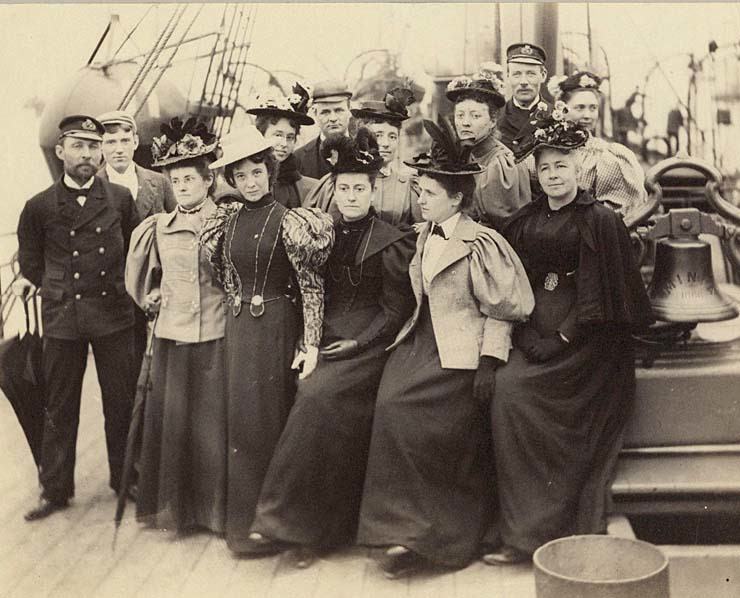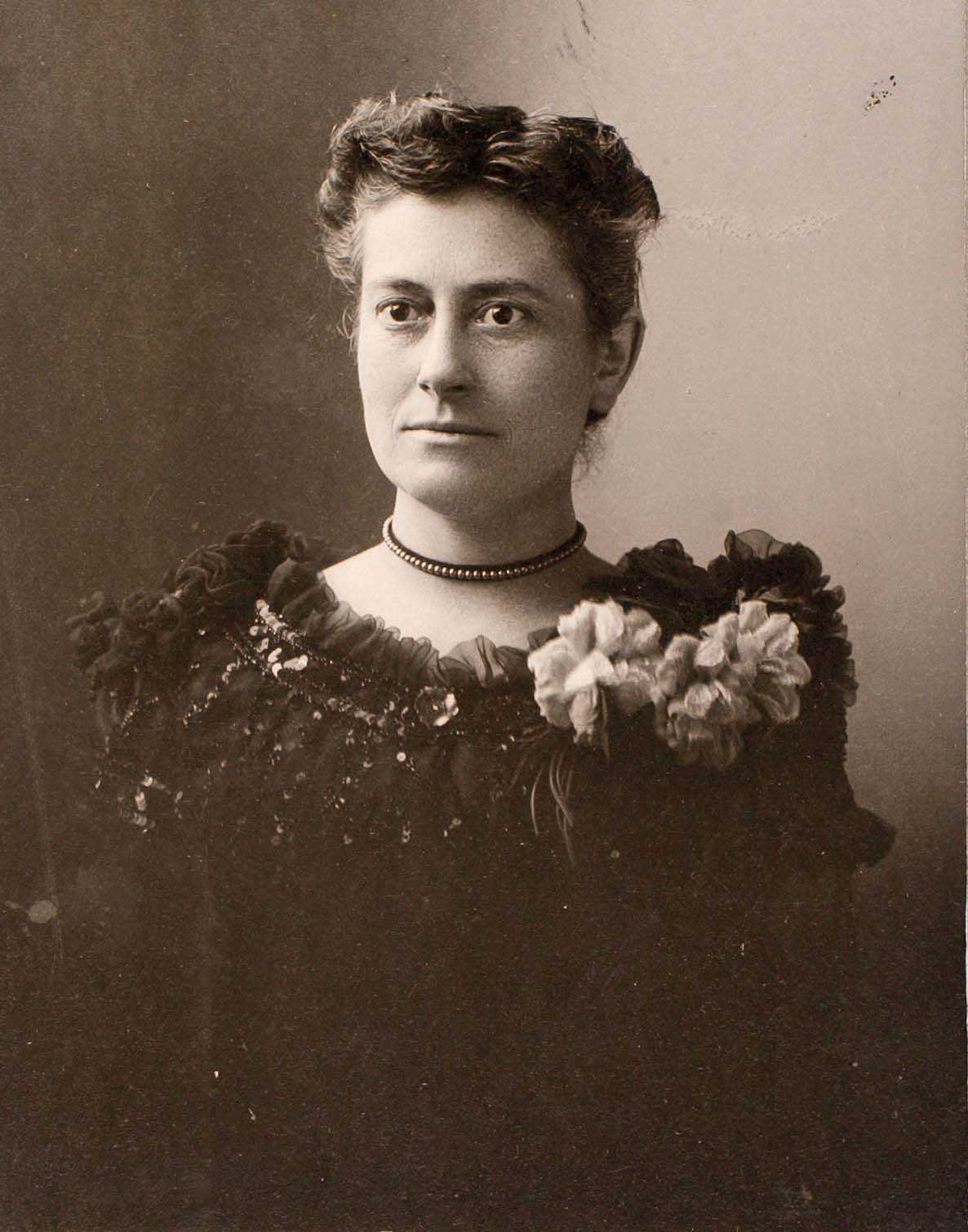Williamina Fleming wasn’t your typical 19th-century scientist, partly because she didn’t even start as a scientist. Imagine going from being a maid to discovering over 10,000 stars and star systems. That’s what happened with Williamina, a Scottish immigrant who, against all odds, helped reshape our understanding of the universe. Her story is a beautiful blend of grit, intelligence, and a fair share of stardust.
This article dives into Williamina Fleming’s life, highlighting her incredible journey, her contributions to astronomy, and how she continues to inspire women in science today.
Who Was Williamina Fleming?
Born in 1857 in Dundee, Scotland, Williamina’s life didn’t seem destined for the stars. At the age of 20, she moved to the U.S. after marrying James Fleming, and soon found herself working as a maid. But things didn’t stay so ordinary for long. After her husband abandoned her while she was pregnant (yes, really), she ended up in Boston, and that’s when fate took an unexpected turn.
Read more : Did Pollen Allergies Wipe Out Woolly Mammoths?
Harvard College Observatory: From Maid to Astronomer
In a twist that sounds like something out of a novel, Williamina began working as a housemaid for Edward Charles Pickering, director of the Harvard College Observatory. Legend has it that Pickering, frustrated with the male assistants he had, declared, “My maid could do a better job.” Spoiler alert: she did.
Pickering wasn’t just venting; he saw real potential in Williamina. Soon, she went from cleaning his home to leading the observatory’s team of female “computers”—women tasked with classifying stars by examining photographic plates.
And boy, did Williamina shine. She developed a stellar classification system based on the hydrogen content of stars, known today as the Harvard Classification Scheme, which is still in use. Williamina Fleming wasn’t just following orders—she was leading an entire movement in astronomy.
Major Contributions: The Stars She Discovered
1. Discovering the Horsehead Nebula One of her biggest accomplishments was discovering the Horsehead Nebula in the Orion constellation. She spotted it while poring over photographic plates, and though it’s one of the most iconic features of the night sky today, it was practically invisible back then.
2. Classifying Stars Fleming is perhaps best known for her classification of stars into the O, B, A, F, G, K, M system. If you’re wondering how stars get their cool classification letters, it’s thanks to Williamina’s work. She used the strength of hydrogen lines in the stellar spectrum to assign each star a category, a system astronomers still rely on today.
3. Identifying White Dwarfs She was also instrumental in the discovery of white dwarfs, a type of star that represents the last stage of a star’s life. In fact, she found the first white dwarf star ever recorded.

Overcoming Challenges in a Male-Dominated Field
Let’s not forget the era in which she lived. The 19th century wasn’t exactly known for its gender equality, and Williamina, like many women of her time, faced discrimination. Despite doing groundbreaking work, she wasn’t always credited for her discoveries. For instance, while she discovered the Horsehead Nebula, it was another astronomer who was initially given credit. Classic.
Even after years of loyal service, Williamina’s job titles reflected the prejudice of her era. It wasn’t until much later in her career that she was officially recognized as an astronomer. But that didn’t stop her. She once said, “A woman’s work is one of the most important things in life.” Talk about a woman ahead of her time.
The Legacy of Williamina Fleming
Williamina Fleming wasn’t just a star mapper. She was a pioneer. By the time she died in 1911, she had cataloged over 10,000 stars and identified 59 gaseous nebulae, 310 variable stars, and 10 novae. Her work helped lay the foundation for modern astrophysics, and her classification system remains a cornerstone of the field.
But her legacy goes beyond the stars she cataloged. Fleming’s work at Harvard helped break down barriers for women in science. Her role as a leader among the Harvard “computers” led to the employment of many more women in astronomy—a field that had been almost exclusively male.
Why Williamina Fleming Matters Today
Williamina’s story still resonates, especially in today’s push for more women in STEM (Science, Technology, Engineering, and Math). She proved that brilliance isn’t confined to men or people from privileged backgrounds. Fleming was someone who took the cards she was dealt—a maid, an immigrant, a single mother—and turned them into something extraordinary.
In an era where women were often kept in the shadows of scientific achievements, Fleming managed to break through and leave her mark. And in doing so, she opened doors for countless women who followed in her footsteps.
Why Her Legacy Shouldn’t Be Forgotten
It’s easy to overlook someone like Williamina Fleming, who spent much of her career working behind the scenes. But her legacy deserves to shine as brightly as the stars she mapped. If there’s one thing we can learn from her, it’s that determination and curiosity can lead to incredible breakthroughs, no matter where you start.
If you’re inspired by Williamina’s story, now’s the time to act. Support women in STEM, share stories like hers, and encourage young girls to pursue careers in science. After all, the next Williamina Fleming could be sitting in a classroom right now—waiting to discover her first star.

Williamina Fleming’s journey from housemaid to astronomical pioneer is one of the most remarkable stories in the history of science. Her contributions transformed our understanding of the universe, and her legacy continues to inspire generations of women. So, the next time you look up at the night sky, think of Williamina and the incredible work she did to bring those stars into view.

